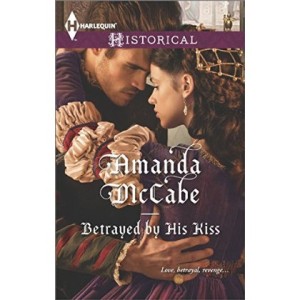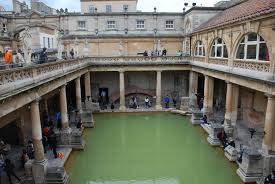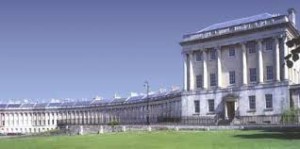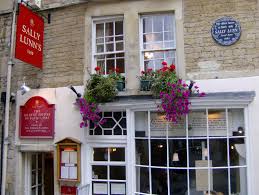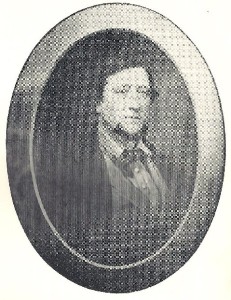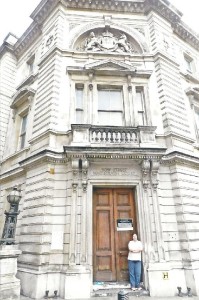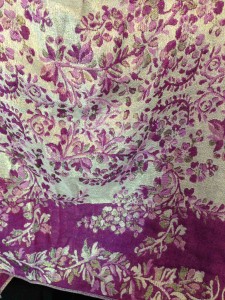This week I am so excited we have a brand-new guest blogger here at Risky Regencies!!! We love all kinds of time periods, and today we’re taking a look at the 1950s, courtesy of my good friend Alice Dean! (Who is also working on an exciting new 1920s project with me…stay tuned for more!) Leave a comment to win one of her backlist, any title of your choice….
 Although I was born a few years after Elvis Presley burst upon the music scene, I have been a fan my entire life. I don’t remember first discovering Elvis, it just seems that he’s always been a part of my life. I’ve also always wanted to be a writer. I wrote my first romance when I was eleven years old, and the title was “Just Pretend” after an Elvis song. My hero’s name was Lonnie (Elvis’ character’s name in the movie, Tickle Me), and I actually described him in the story as looking like Elvis.
Although I was born a few years after Elvis Presley burst upon the music scene, I have been a fan my entire life. I don’t remember first discovering Elvis, it just seems that he’s always been a part of my life. I’ve also always wanted to be a writer. I wrote my first romance when I was eleven years old, and the title was “Just Pretend” after an Elvis song. My hero’s name was Lonnie (Elvis’ character’s name in the movie, Tickle Me), and I actually described him in the story as looking like Elvis.
I’ve more or less carried on with the Elvis theme, somewhat, in my stories, but hopefully, my writing has improved. Nearly every one of my published novels and short stories mention Elvis, but in an upcoming story, he’s more of a focus than usual. My Vintage Historical Romance, End of Lonely Street (a phrase from the song, “Heartbreak Hotel”) releases from The Wild Rose Press on January 7, 2015, the day before what would have been Elvis’ eightieth birthday. (Can you imagine an eighty-year-old Elvis??? I can’t).
The story is set in November,1957, and I’m not sure how the story idea occurred to me, but as soon as the era was in place, I knew my heroine would be an Elvis fan. It’s funny that, while the time period wasn’t terribly long ago, I still had to do a bit of research. Such as…
-
What clothing was popular in 1957 for a college-aged young woman? For young men? (I learned that poodle skirts were for younger teens, and leather jackets and Fonzie-type guys were really more of a cliché, an image of the 50’s rather than a common occurrence.)
-
My heroine is going to school to be a teacher, and my hero recently got out of the military and became a deputy in the small town where the story is set, so, I had to find out what the requirements were for both of those positions in the late 1950’s.
-
I had to be sure I used the proper terminology for the time period without overdoing it and without my characters sounding juvenile.
-
In the story, my heroine is coordinating a fund-raising dance, and at first, I was going to have them sell tickets for $2.00 apiece. Then, I heard a caller on Elvis Radio who said he paid $1.50 for an Elvis concert in 1956, so $2.00 for a dance seemed a little steep.
-
What Elvis songs had been released by November of 1957? Did the world yet know that he would be drafted into the Army the following year? (It was announced in December, 1957, so I didn’t mention it in my story)
-
My heroine was reading a book, and I had to find one that was out during that time. I chose End of the Affair (Which I purchased a print copy of, and I plan to read).
-
Also, I have a character in the story who is suffering from heart problems, so I researched what heart diseases they’d discovered at that time, and what treatments/surgeries were available.
I’ll have to say, the research was fun, as was writing the story. I’ve shared the cover and blurb below.
AND…we are holding a drawing where one winner will receive a free ebook copy once the book is released, plus their choice of any of my available titles (Currently, all of my short stories and novels are contemporary, I’m afraid. You can find a list here)
Be sure to leave your email address in the comments!
Blurb:
All Toby Lawson wants is to go to college to become a teacher and to be free of her alcoholic mother and some painful memories. But when her mother nearly burns the house down, Toby must put her dreams on hold and return home to care for her. The only time she isn’t lonely and miserable is when she’s listening to her heartthrob, Elvis Presley. His music takes her away and helps her escape from everything wrong in her life.
Noah Rivers has always loved Toby, but no matter what he says, she can‘t get past the fact that her drunken mother once kissed him. He soon realizes the true problem lies in Toby’s belief she’s not good enough for him and in her fear she will be just like her mother.
What will it take to prove to her that she deserves to be happy, and that he would give anything to be the man to make her dreams come true?
About Alicia:
Alicia Dean lives in Edmond, Oklahoma and is the mother of three grown children. Alicia loves creating spine-chilling stories that keep readers on the edge of their seats. She writes paranormal and romantic suspense for several different publishers and was one of the launch authors for Amazon’s Kindle Worlds with two Vampire Diaries stories and one Gossip Girl story.
She’s a huge Elvis Presley fan, and loves MLB and the NFL. If you look closely, you’ll see a reference to one or all three in pretty much everything she writes. If she could, she would divide all her time between writing, watching her favorite television shows-such as Dexter (reruns, now that it has ended), Vampire Diaries, Justified, and True Blood-and reading her favorite authors…Stephen King, Dennis Lehane, Michael Connelly, Lee Child, and Lisa Gardner to name a few.
Find her here:
Email: AliciaMDean@aol.com
Website: http://aliciadean.com/
Facebook: https://www.facebook.com/pages/Alicia-Dean/131939826889437?ref=br_tf
Twitter: https://twitter.com/Alicia_Dean_

